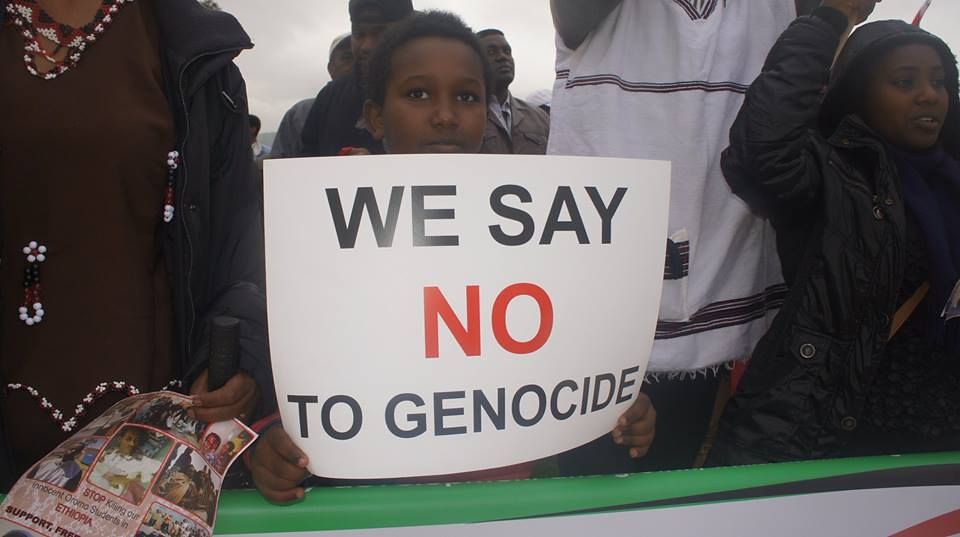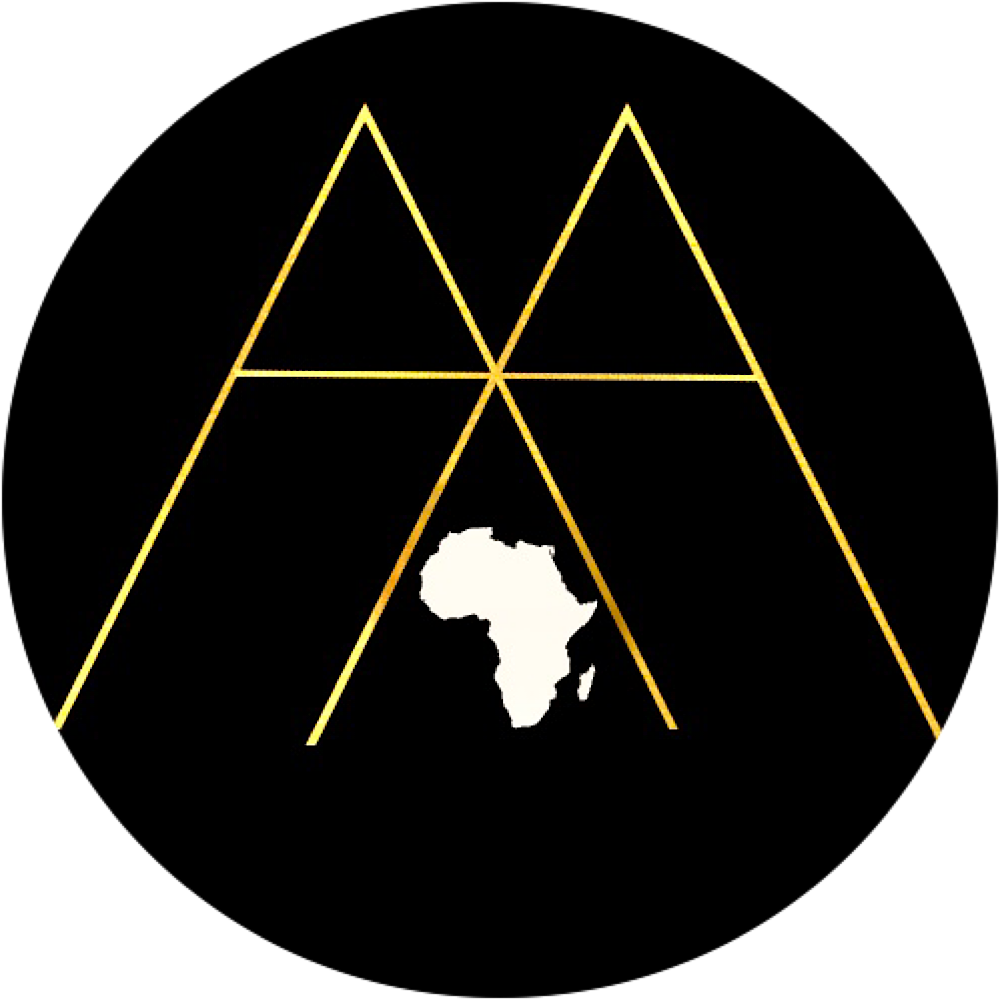(5 mins read)

The Ethiopian Crisis Breakdown
Ethiopia is an incredibly diverse country with over 80 ethnic groups and 100 million people.
The Oromo people are the largest ethnic group making up 35% of the population.
The Amhara are the second-largest ethnic group making up 26% of the population.
The Somali and Tigray ethnic groups both makeup 6% of the population and a lot of other smaller ethnic groups make up the rest of the Ethiopian population.
It’s important to understand the backstory to what has led up to this current Ethiopian crisis.
This is as the history of Ethiopia shows how cultures and ethnic groups were politicized.
Haile Selassie ruled in the 20th century a monarchy that centralized power to the Amhara people.
The official language of Ethiopia then became Amharic and all other ethnic groups were expected to assimilate into the Amhara culture.
Fast forward through the Marxist regime and the Ethiopian civil war to 2016, where the EPRDF (Ethiopian people’s revolutionary democratic front),
In order to resolve the ethnic tensions in the country they decided to create an ethnically based system of federalism.
Meaning each ethnic group could have their own state where they could run their own affairs and they would still have representation at a federal level.
This sounds amazing on paper but this system of government was not sustainable.
The capital of Ethiopia is in the Oromia region which is where the Oromo people predominately live.
The government mainly made up Tigrian people due to the civil war wanted to expand the capital and give the Oromia people little compensation for their land which many of them saw this as an attack.
Many peaceful protests were held where the government then retaliated with violence which left over 700 people dead and 2,300 arrested.
The government’s response, however, is what fuelled a mass retaliation.
People weren’t just protesting about the government’s master plan expansion anymore but about the political and economical marginalization of the Oromo and Amhara people In 2016, the government declared a state of emergency but the protests continued.
In 2018, Abiy Ahmed of Oromo and Amhara descent was elected as president.
He began his presidency by apologising for past governmental mistakes.
He freed thousands of journalists and political prisoners, Introduced freedom of speech, freedom of the press, and fired many members of the old government. He also made a peace treaty with Eritrea over a 20-year long border dispute which won him a Nobel peace prize. Sounds great right?
Though this was supposed to calm ethnic tensions, the reverse happened.
Interethnic violence increased at an unprecedented rate. In a response to this Aby Ahmed’s government began doing what previous governments did.
Mass arrests and police violence began to increase again. In 2019 the government shut down the internet 10 times in just that year alone!
Due to coronavirus, the elections have been indefinitely postponed meaning that Abiy Ahmed and his new prosperity political party will be in power longer than the constitution permits.
The government also arrested Oromo opposition leader Jawar Mohammed.
The row between the Tigray People’s Liberation Front (TPLF), once a dominant member of Ethiopia’s ruling coalition, and Prime Minister Abiy Ahmed’s government has been simmering for months and came to the fore after a regional election was held in defiance of the federal government.
Everything sparked up again after the killing of Ethiopian singer Hachalu Hundessa who sings songs about Oromo liberation.
A police chief said 145 civilians and 11 security personnel died in the Oromia region alone. Ten people have been killed in the capital Addis Ababa.
Hachalu, was killed sparking unrest that spread from Oromia where he was seen as a hero. Just a week ago Gunmen attacked and killed tens of people and set fire to homes in a “horrendous” attack in western Ethiopia Local authorities said the rebel Oromo Liberation Army (OLA) was to blame for the attack in Oromia state.
The president responded by tweeting “Ethiopia’s enemies are vowing either to rule the country or ruin it, and they are doing everything they can to achieve this.
One of their tactics is to arm civilians and carry out barbaric attacks based on identity, for me this is heart breaking”
Survivors counted 54 bodies in a school compound where the militants, who identified as OLA members, gathered people who did not manage to flee, mainly women, children, and the elderly, and killed them.
Attacks like this are not likely to stop anytime soon and that is why the demand for political change is needed.
But how the government goes about doing this is something they need to think about carefully so they don’t repeat past mistakes.
Have a story? Would you like to be a writer for our platform? If so, Contact us below
